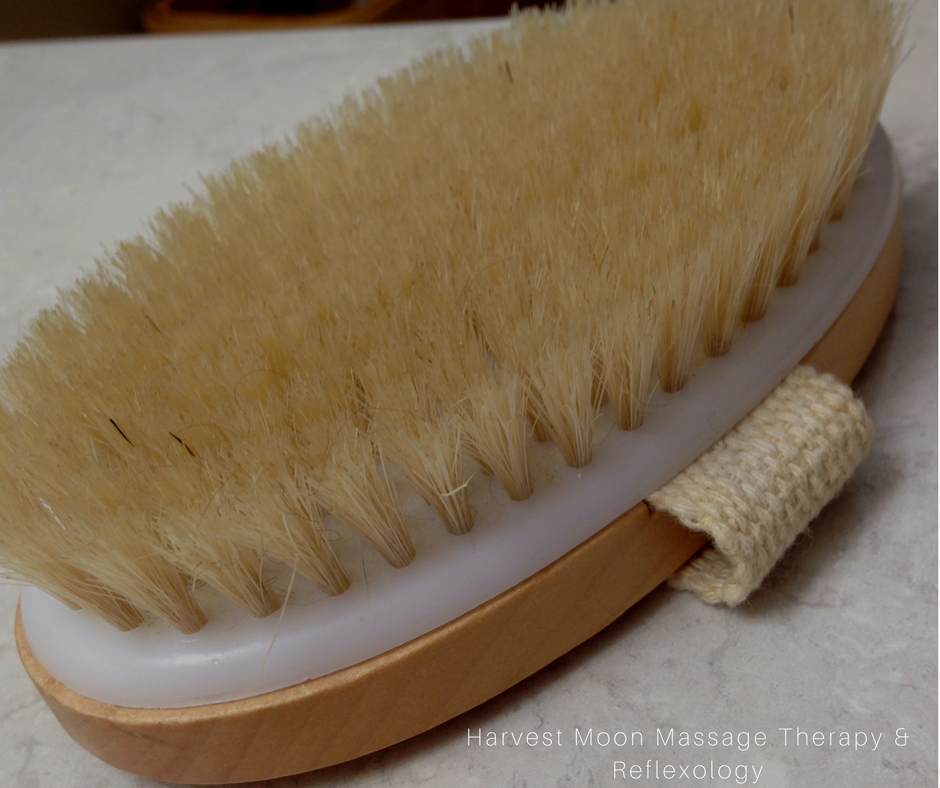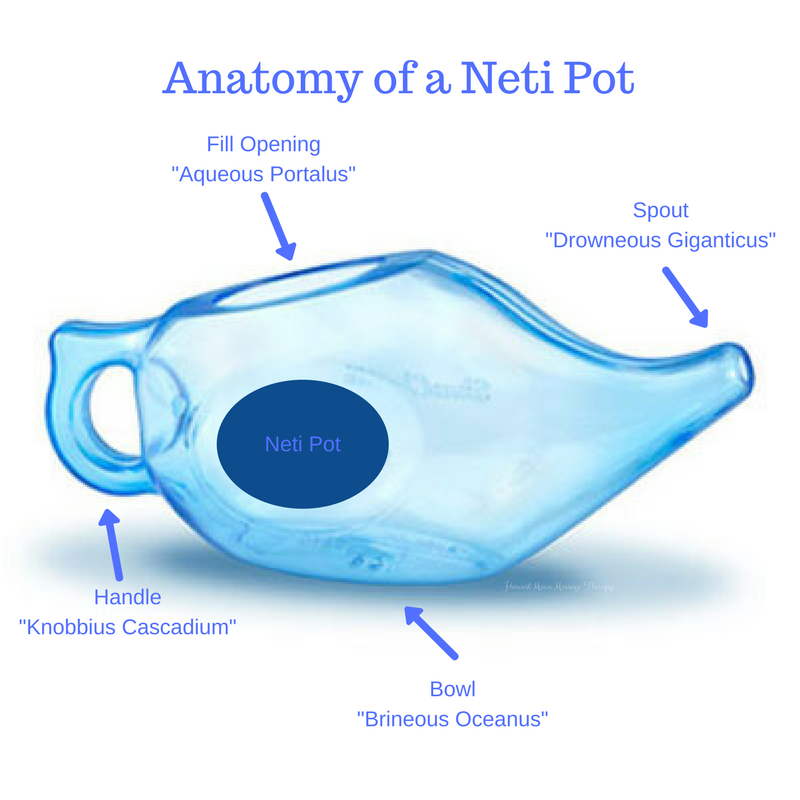Observations of Life with No Stove

Back in February I arrived home from work one evening and was greeted by a really stinky house and the news that the stove tried to self-immolate while I was gone. It seems the broiler wouldn’t turn off and had to be killed at the breaker. After a bit of troubleshooting and testing the broiler continued to not want to turn off and we decided to unplug Old Crusty forever leaving us to a life with no stove.
He was over 26 years old and had served us well for many years. He helped feed our family breakfasts, lunches, suppers and snacks not to mention other friends and family through countless meal trains, holidays, church suppers, and parties. Old Crusty was a faithful servant. I felt a little bad about his demise.
Technology Changes Were Shocking
When I started shopping, I was surprised to find the dramatic changes in cookstove technologies. It took way longer to research and decide on a new appliance. I thought the job was done when I finally ordered the unit, sight unseen, because no one was carrying the one that would best fit our needs.
That’s when we got slapped with delivery a month out from the order date. I panicked a little, but immediately started planning on how we could do this without a fully functional kitchen for a month. It would be a learning experience, I reasoned, and possibly fun in a stressful sort of way. Being fortunate, we have access to a microwave, hot pot, coffee pot, electric griddle, a grill, an Instant Pot, Crockpot, a steamer, a toaster, and a toaster oven. Surely, we could make this work.
The decision fatigue was the first thing that hit. How to boil an egg with all of these small electric appliances? The answer, not very easily. And so it went for every meal, decision after decision after creative problem solving session. After a couple of days, the depression started to set in. I don’t do well with constant change. I need a stable, repeatable environment for certain things. Food seems to be one of them.
Then while we’re still struggling, trying to establish some repeatable processes that will help us put food on the table in a reasonable time frame, I receive another email stating that not only would we not be receiving our new stove as promised, they were estimating a new delivery date six more weeks out from the original delivery date. Some tears were shed over that one.
What I’m Learning
- We are eating out way too much from sheer fatigue
- The quality of foods we are eating at home has decreased and are by far much more processed than our normal diet because they are no-cook or don’t require an in-depth cooking process
- We are generating much more garbage
- We are generating next to nothing for the compost bin
- Our food budget has increased dramatically while nutritional value has tanked
- You can use a steamer to “boil” a lot of things. Rice, eggs, veggies, etc.
- Safety issues with small electrics increase the chance of accidents and injuries
- I have a perpetual stomachache, brain fog, low motivation, and am overall more emotional than normal
How Do You Deal With the Stress?
So, as you may have guessed by now, this not having a stove thing is turning into quite the catastrophe. The effects of not being able to feed myself and my family in the manner we’re accustomed is turning into a larger discussion in my household about food insecurity and the lack of access to the equipment needed to prepare healthy foods. How do people do it? I literally threatened to build a fire in the backyard at one point just so I could boil a pot of water.
I’ve learned how to use a toaster oven and am happy to say I have a better idea of my strengths when it comes to cooking. I did finally break down and purchase a hot plate because I am primarily a stovetop cook for satisfying the day-to-day nutritional needs of the family. The hot plate eliminated a lot of stress because I could finally cook in a way that made more sense to me than trying to press a bunch of small electrics into a job they really weren’t designed for. It also gives everyone a tool that is familiar enough that I’m not having to do all the cooking.
Through this exercise, I have also learned that I have way too many tools in my kitchen arsenal that I won’t use, even in this semi-emergency situation. I’ll be doing a cleanout of those soon though I will probably wait until the new stove eventually arrives. Just in case…meanwhile I’m trying to manage the stress of a sub-functioning kitchen while dealing with sub-optimal nutrition. It’s a lot.
Have you ever dealt with a lengthy repair process? What kind of stress did you experience and what helped? Drop a comment and let’s talk about this.
♥

Sharon Bryant at Harvest Moon Massage Therapy
is Decatur’s Ashiatsu Barefoot Massage Therapist!
Observations of Life with No Stove Read More »















